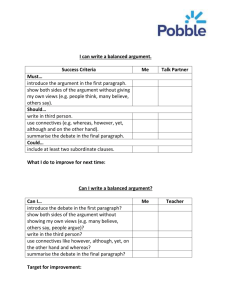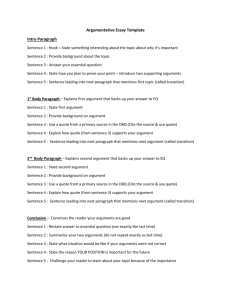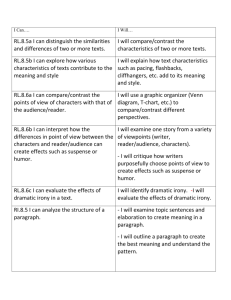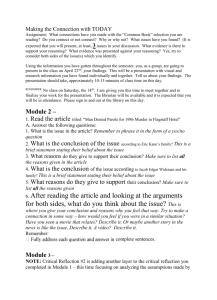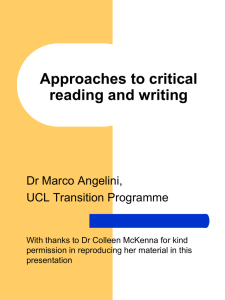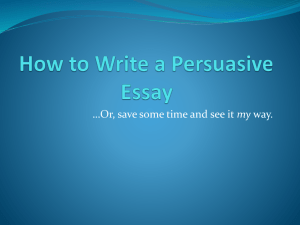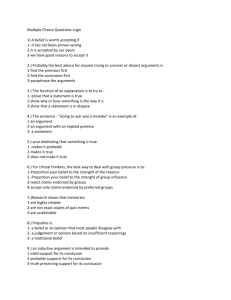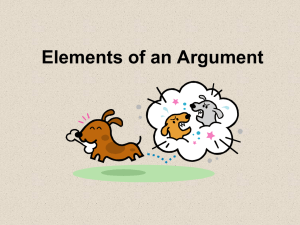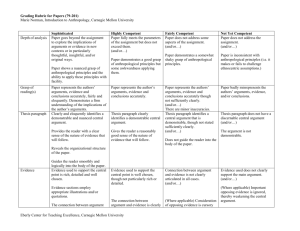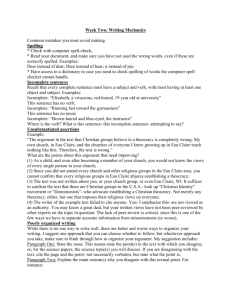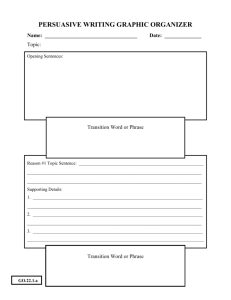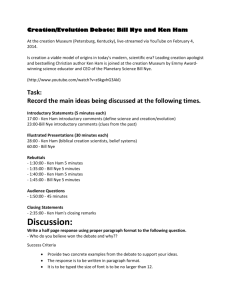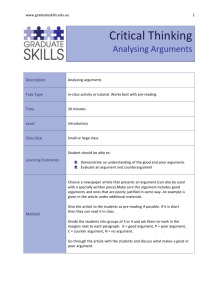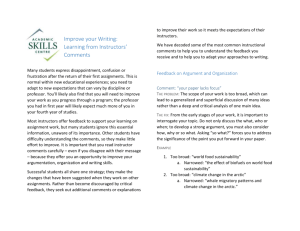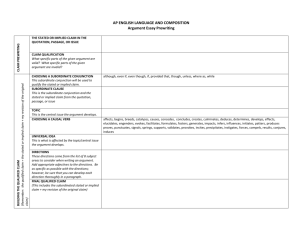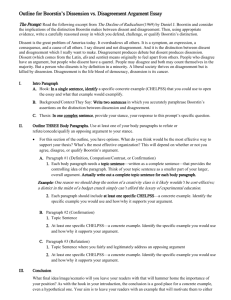ASSIGNMENT
advertisement
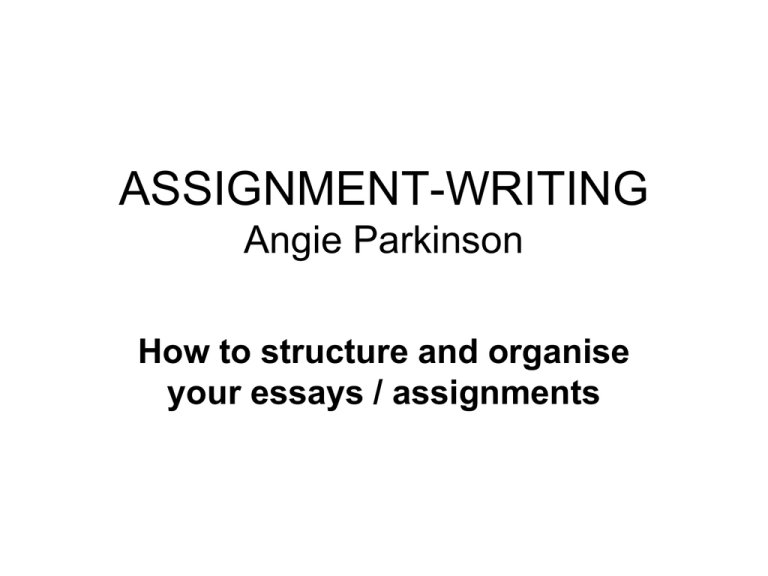
ASSIGNMENT-WRITING Angie Parkinson How to structure and organise your essays / assignments Construction • • • • • Like a building, essays gain structure/and shape from elements: Scaffolding: the essay plan Design: your argument Central Framework: main elements or parts (Intro / Body / Conclusion) Bricks: paragraphs Reinforcement: wording Title / Question / Brief All your answer should focus on this. Keep checking the exact wording as you write • your plan • your draft The Plan 1. 2. 3. • • Draw up a plan before starting to write Make the plan detailed. Show the content of: Introduction Main body Conclusion Does it flow logically? Are all main points covered? How to plan an argument: Divide a page lengthways • On the left: jot down important info or data (‘facts’) • Use arrows to connect ‘facts’ to arguments • On the right: jot down the main arguments (for and against) Writing persuasive argument (1) Differentiate between: • Facts can be checked against evidence • Opinions = personal viewpoints / beliefs • Arguments = viewpoints + evidence Writing persuasive argument (2) • State your position: sum it up in one brief sentence • Support your point of view: with ‘reliable’ evidence • Consider the opposition: have they a better argument? Try to show otherwise The Introduction (10%) • Refer directly to the title • Explain how you interpret it (eg by rephrasing it) • What issues are you going to explore? • How will you deal with each issue, and in which order? • (After draft is written) Does the Intro still hold good? The main body (1) • May be divided into 3 or 4 sub-sections • Develop your argument / point of view Paragraph 1 *In first sentence introduce main idea of paragraph *In other sentences develop the idea (details, evidence, examples, quotes) • Each paragraph or sub-section should centre round a main issue The main body (2) • Paragraph 2 and others * link new paragraph to previous paragraph (using appropriate Connectives) *Introduce main idea of paragraph * Develop the idea (as above) * Use words and phrases that highlight your point and show the direction of your argument. Conclusion (10% ) • Don’t introduce new work, quote/repeat detailed evidence. • Refer directly to title and aims when drafting. • Summarise argument/main points • State general conclusions, refer to evidence in body of essay; don’t allow personal bias. • Say why these conclusions are important/ significant • Suggest areas where further knowledge is required • Sum up argument (briefly) - link it to the title. • Check you have done what you promised in your Intro Bibliography etc • List all books, articles, websites, materials used – in the manner required by your School / Course • Label all illustrations / diagrams / tables

